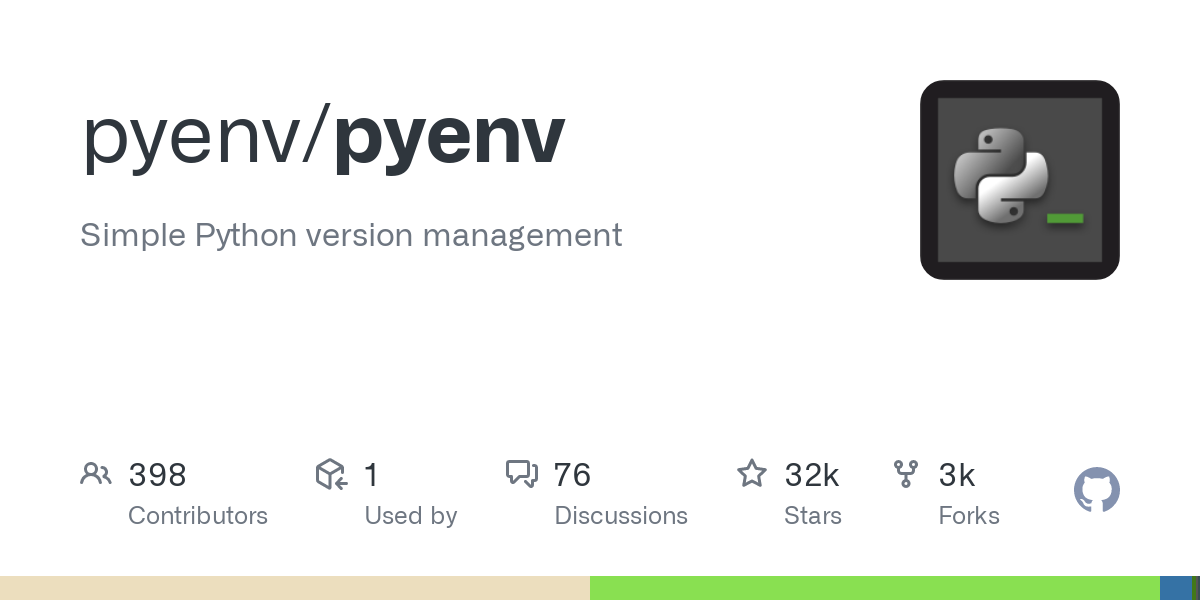- cross-posted to:
- hackernews@lemmy.smeargle.fans
- cross-posted to:
- hackernews@lemmy.smeargle.fans
Simple Python [executable] version management, that is.
When bringing people online from other languages, I first get them to find out what python there is in their environment and go with that if it’s recent enough. Then I tell them about pyenv and it’s plugins after a bit. Whenever I go straight into installing pyenv, it feels like I’m throwing some one in the deep ocean.
I’ve seen too many issues caused by relying on the system python. For starters, it’s much more difficult to fix if you screw something up.
I tell everyone to use pyenv – but only to install specific versions of python. I then create a primary venv for a couple of versions, and that’s what I use as my “system” version. Each project creates a separate venv based on the pyenv versions. I use autoenv to activate and deactivate as needed.
It’s a little more setup, but it avoids so much magic, and it’s extremely robust.



